After looking at the colours I obtained trying to print the gift box, and remembering about the dithering log I wrote, I used this gradient generator to discover the issue:
Expectation:
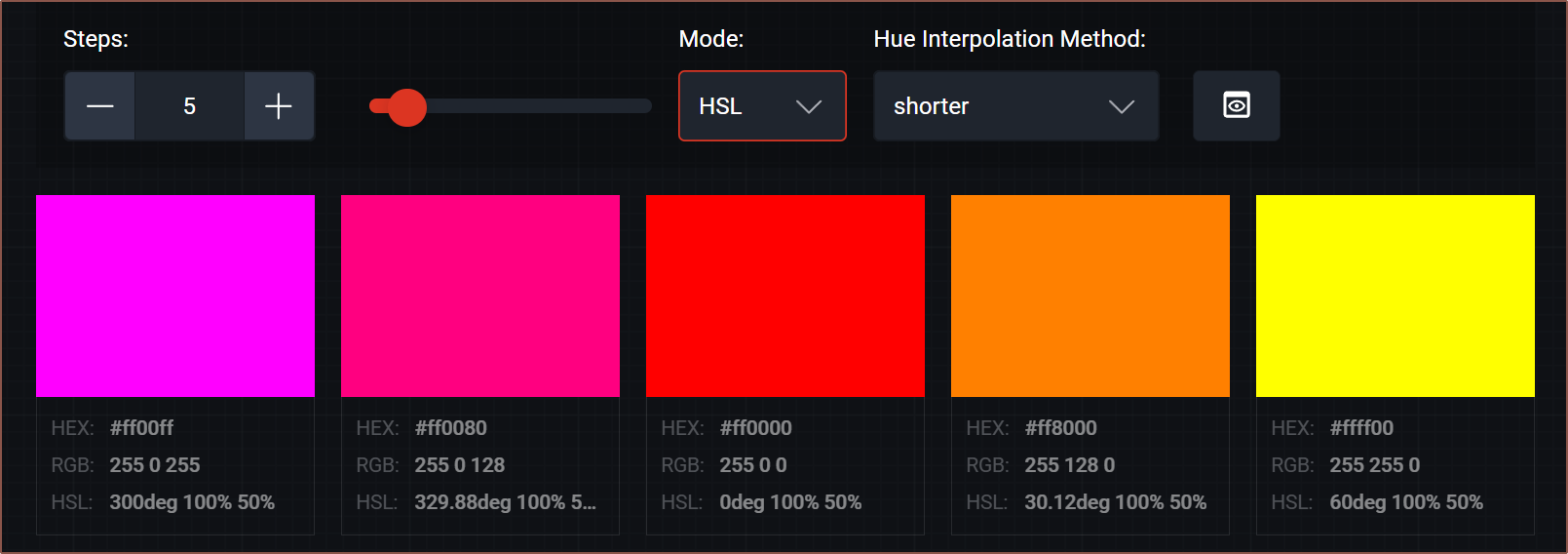
Reality:
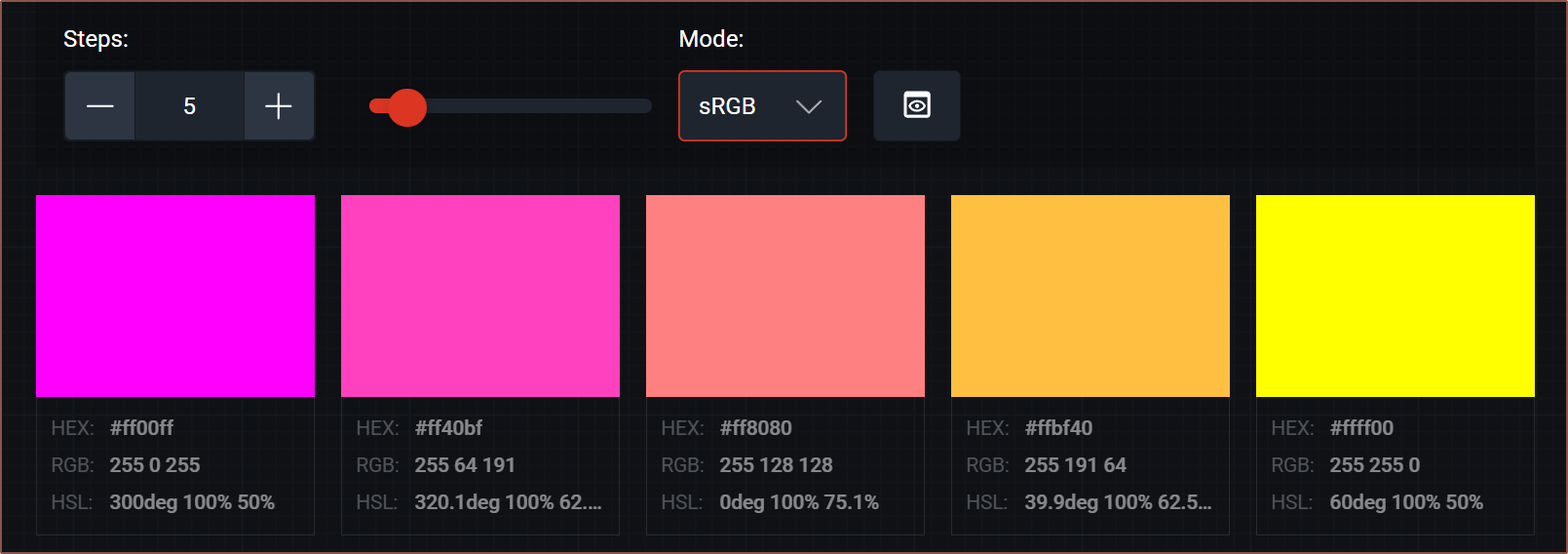
CMY and RYB
This explains why Heinz and others before him used transparent materials for colour mixing. The issue is that such filament is even harder to source, particularly for magenta. I've already got YouSu Transparent Blue, which is transparent cyan(ish):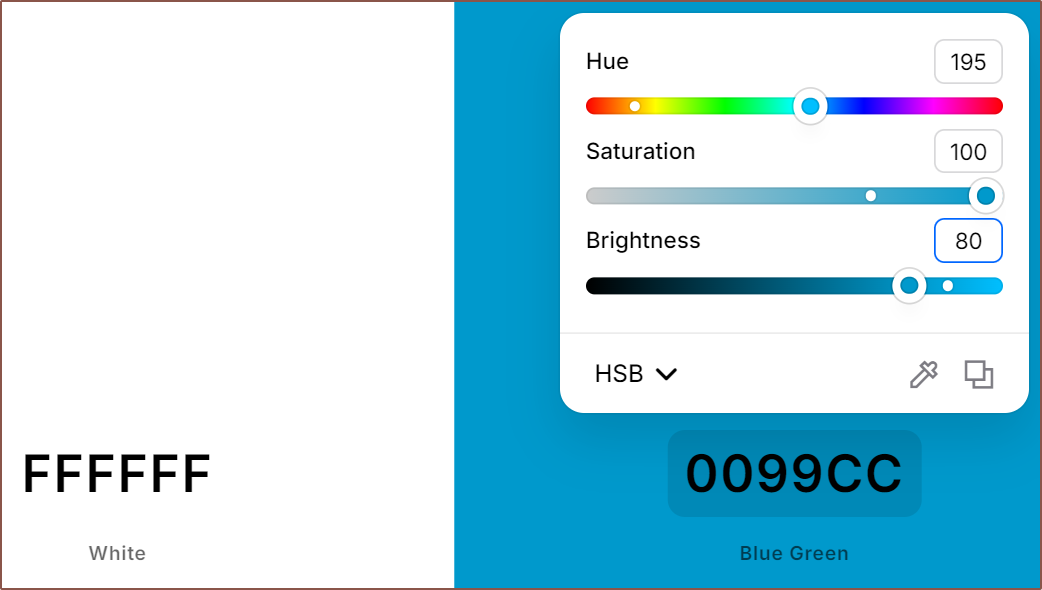
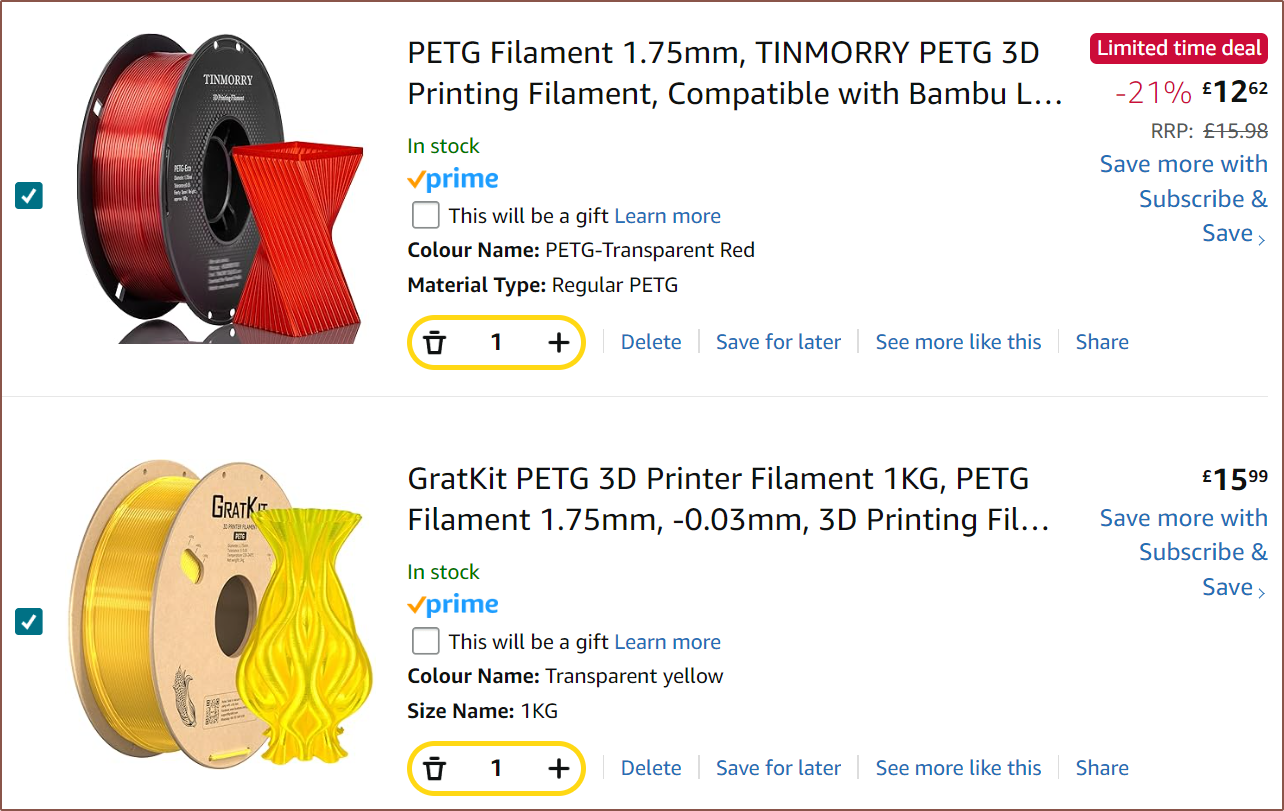
This highlights one of the reasons for the Coaxial8or project in the first place. It's one issue if you have to wait days or pay for an entire kilogram of material for a colour, and it's another issue if that colour isn't even commercially available.
Looking at the below, it sounds like one would still be able to get a decent gamut:
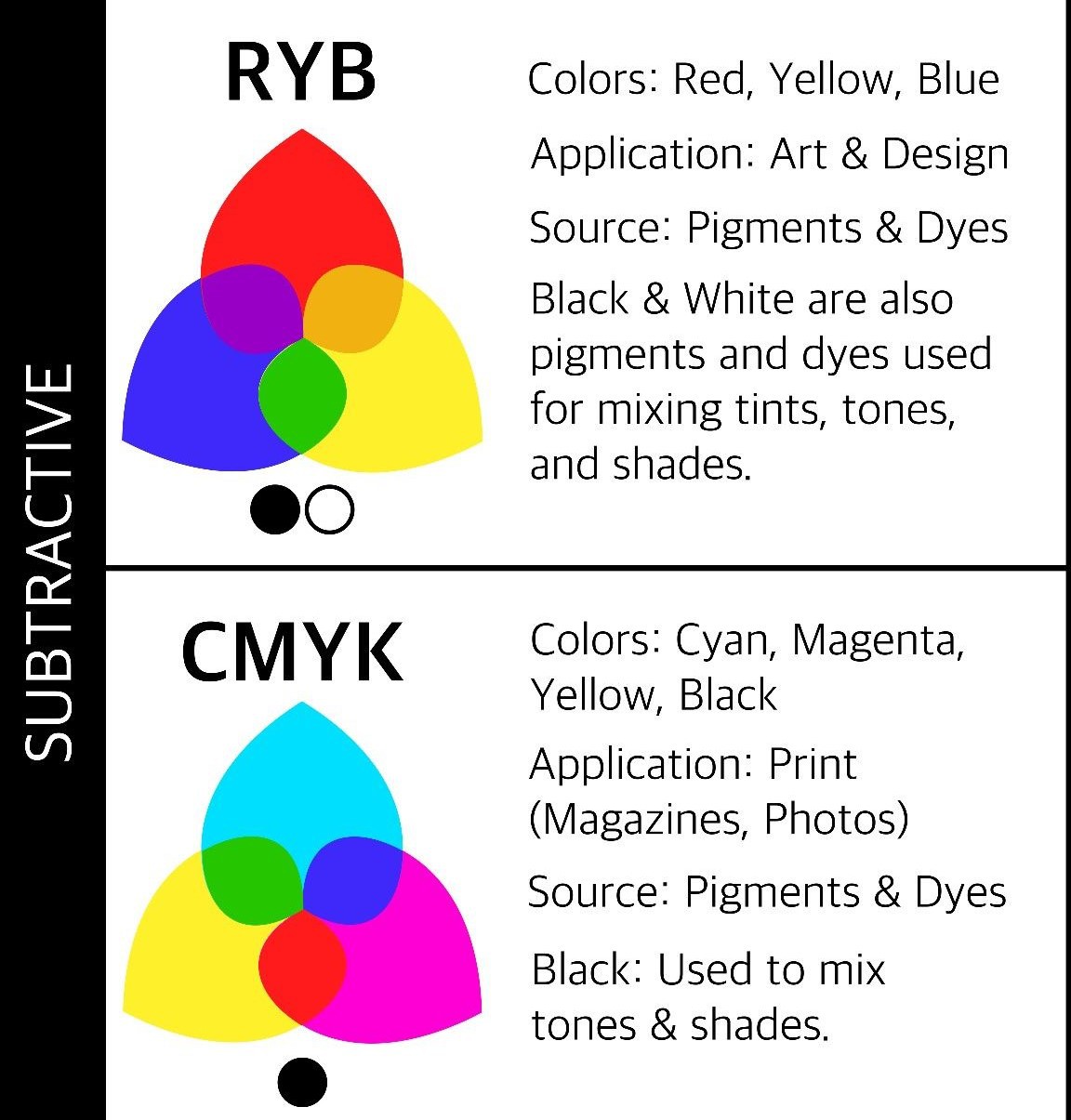
Another thought: maybe that's all that is needed? Maybe magenta, the innermost of the 3 hues, can stay opaque while cyan and yellow can tint it. Opacity wouldn't be very stable, however.
The alternative is dismissing transparency entirely and using 3-bit colour: White, Black, Red, Yellow, Green, Cyan, Blue, Magenta. For FFF 3d printers, transparent filaments are more like a visual effect, similar to matte, marble, silk, sparkle and glow.
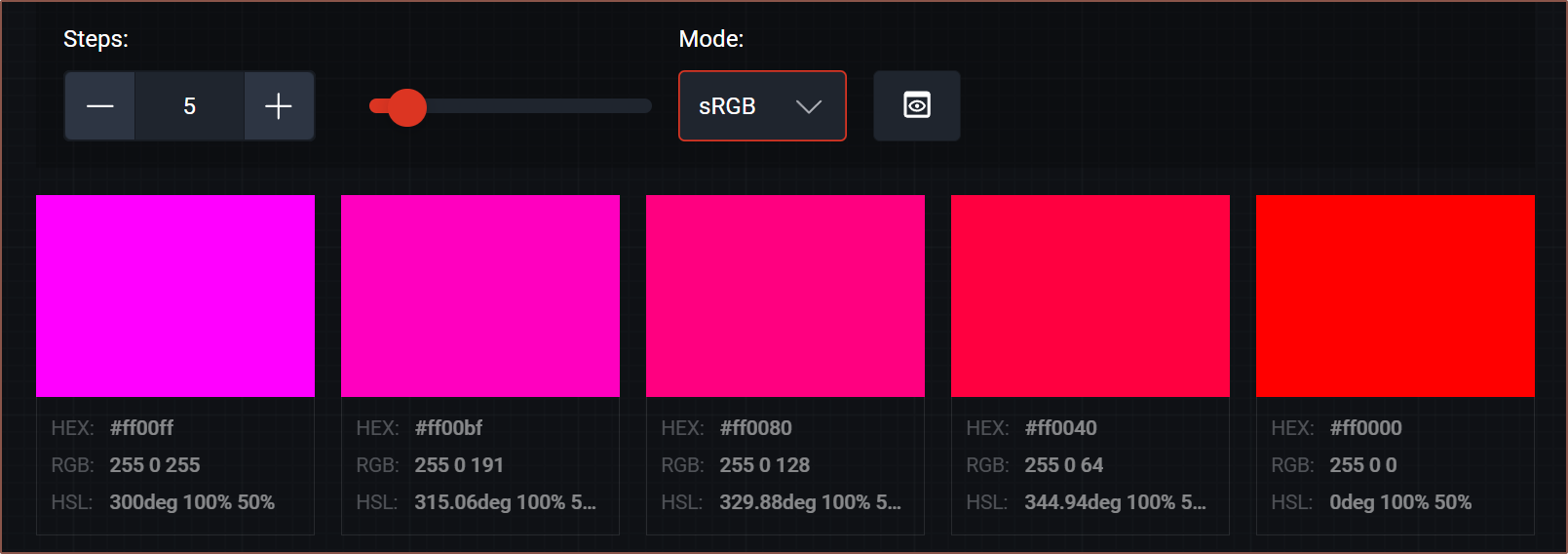
 kelvinA
kelvinA
Discussions
Become a Hackaday.io Member
Create an account to leave a comment. Already have an account? Log In.